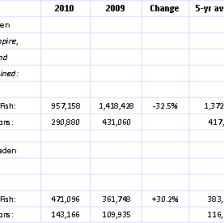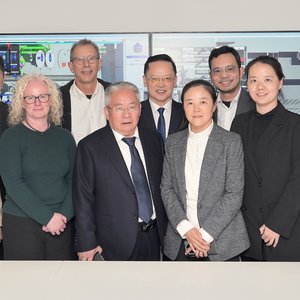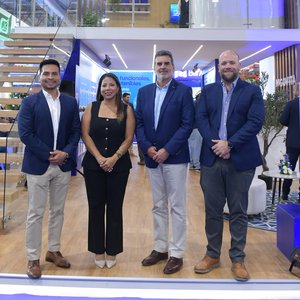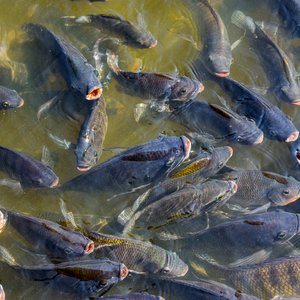New Fish Feeds Made from Fish Byproducts
Fish byproducts may be a new source of fish feed, thanks to research by U.S. Department of Agriculture (USDA)-funded scientists in Hawaii.
Research scientist Dong-Fang Deng and her colleagues with the Oceanic Institute in Waimanalo, Hawaii, are collaborating with USDA food technologist Peter Bechtel to develop the new fish feeds. Bechtel is with the USDA Agricultural Research Service (ARS) Subarctic Agricultural Research Unit in Kodiak, Alaska. ARS is the USDA's principal intramural scientific research agency.
The scientists are taking fish parts that would normally be discarded—head, tail, bone, skin and internal organs—and fashioning them into feeds for shrimp and fish. They are currently testing the feeds on Pacific threadfin (Polydactylus sexfilis)—or "moi" as Hawaiians call it—and Pacific white shrimp (Litopenaeus vannamei).
The researchers then characterize the nutrient composition of the feeds, evaluate their ability to attract the shrimp and moi, estimate the food's digestibility and assess the growth of the animals. Recent tests have shown that many of the Alaska fish parts work well as feeding stimulants, which entice the shrimp to eat the plant-protein-based feed to which fish byproducts had been added.
In an earlier ARS-funded study with moi, former Oceanic Institute scientist Ian Forster found that the nutritional quality of feeds made with discarded portions of Alaskan pollock and cod was equivalent to that of feed made from Norwegian fishmeal, generally regarded as the highest standard in the aquaculture feed industry. Forster and his colleagues found the same result when feeds were tested on shrimp.
According to Deng, the scientists are currently examining how to best use fish byproducts to develop practical feeds that are nutritionally balanced, cost effective and safe for the environment.
Details about these feed studies have been published in the Journal of the World Aquaculture Society and the Journal of Aquatic Food Product Technology.
Read the full magazine story








